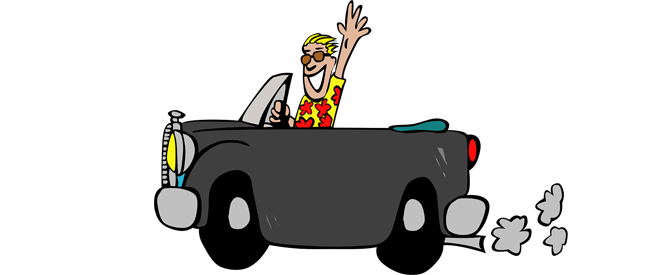Leave a Comment:
(27) comments
Maravilhosa aula. Informações preciosas . Me ajudaram muito. Gratidão
ReplyOlá, Vinicius
Obrigado pelo feedback positivo.
Sucessos.
Selecione a alternativa com o uso correto do verbo “there be”.
There is three cats by the fence.
There are some banana in the basket.
There is a book on table.
There is mosquitos flying all the time.
There be people afraid of Covid-19.
ReplyOlá, Herry Hand
A forma negativa de ‘there is’ e ‘there are’ estão neste mesmo tópico onde diz: Veja como fica a negativa de there is e there are:
Forma negativa de there is: there isn`t. Forma negativa de there are: there aren`t.
ReplyÉ necessário colocar a quantidade depois de dizer there is or there are? Ex: there is one bethroom in my house But there are Five bedroons in my house.
ReplyNão se trata de comentário, mas de uma dúvida: usa-se “to” antes de “there” no sentido de “até lá”? Ex.: Can I walk there? ou Can I walk to there?;
Can I drive there ou Can I drive to there?
Olá, Artur
Soa mais natural ‘walk there’ ou ‘drive there’, é a mesma coisa que ‘go there’ o que se ouve geralmente em filmes, portanto, não precisa inserir ‘to’.
Se você quiser ser mais específico, pode-se usar ‘over there’ ou ‘out there’.
Veja algumas formas de uso aqui no dicionário Longman: There – Adverb
Olá, Laura
Segue o link para o interrogativo de is/are there: There is, There are interrogativo
ReplyOlá, Julyana,
Este tópico foi escrito pela Ana Luiza.
Abs
Marcelo
Muito bom tirar algumas dúvidas, principalmente com relação a pronúncia e escrita correta.
ReplyMuito bom, aprendi essas firmas quando fiz o meu ensino médio.
estou achando ótimo relembrar.
ReplyQuando usar There exist ? There exist partial translations of the Summerian Epic of Gigamesh…
Reply

